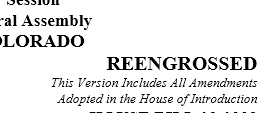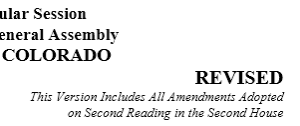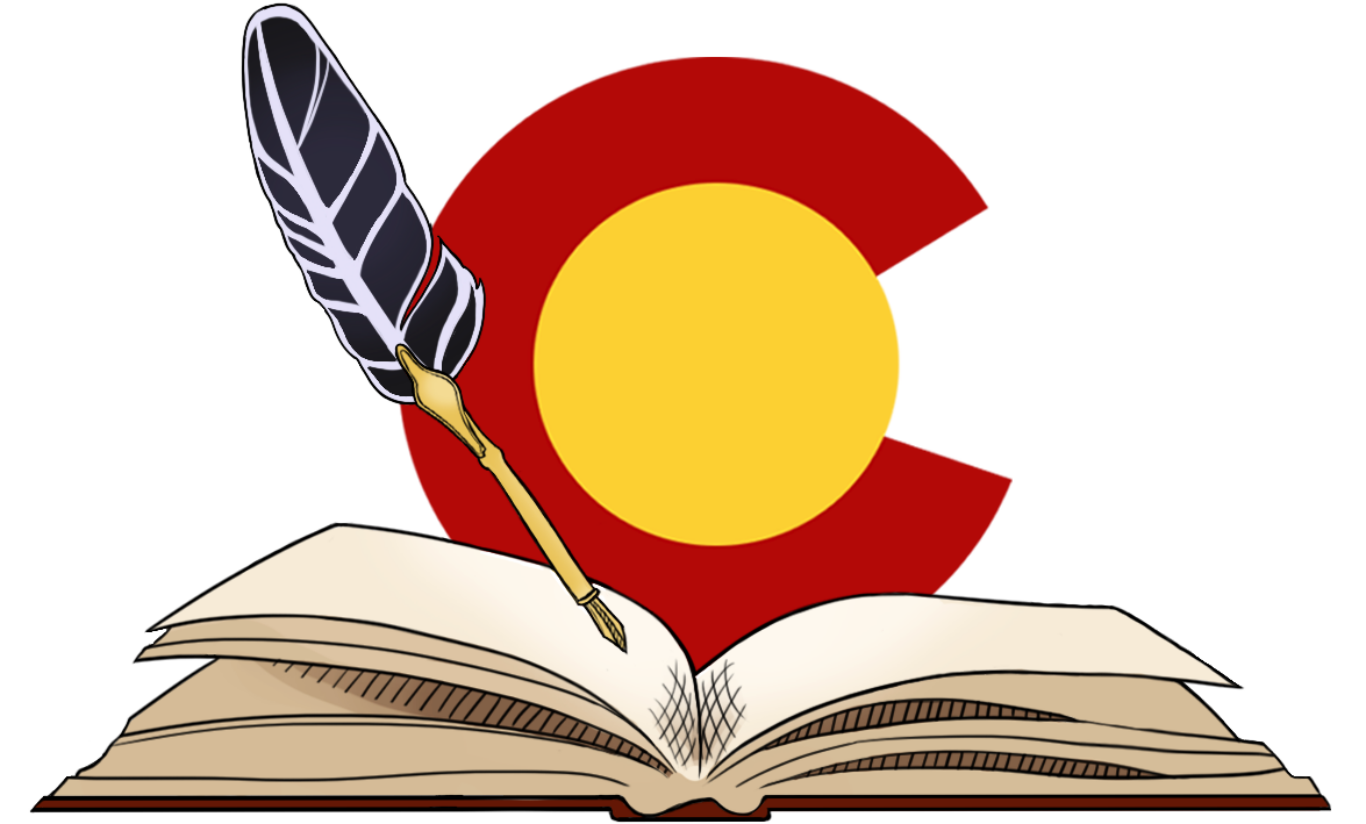by Patti Dahlberg and Julie Pelegrin
In following legislation from introduction to the Governor’s desk, it’s important to know which version you’re working with. Once introduced, a bill may be amended at several stages of the process, and if you aren’t working with the most current version, you will be lost. Also, by paying attention to the stamps that accumulate on a bill as it moves through the legislative process, you will know when and where the bill’s been amended and how far it still has to go before becoming law.
The “version” of a bill indicates where it is in the legislative process. To become law, each bill must be passed, with exactly the same wording, by both chambers. The version of a bill (as indicated on the upper right side on the first page) changes as the bill progresses through each official stage: introduction, passage on second reading, and third reading final passage in the first house or “house of origin”; and introduction, second reading, and third reading final passage in the second house. Amendments that the House adopts are indicated using shaded text and amendments that the Senate adopts are indicated by double-underlined text.
by both chambers. The version of a bill (as indicated on the upper right side on the first page) changes as the bill progresses through each official stage: introduction, passage on second reading, and third reading final passage in the first house or “house of origin”; and introduction, second reading, and third reading final passage in the second house. Amendments that the House adopts are indicated using shaded text and amendments that the Senate adopts are indicated by double-underlined text.
The stamps (see examples to the right), starting in the lower left margin of the bill, are boxed tidbits of information indicating whether a chamber adopted amendments, at which stage of the process, and on what date. When the bill version names are replaced at each stage of the process, the stamps remain leaving a trail of history on the bill.
Bill versions reflect the stages of the legislative process:
(1) Introduced (or Printed) bill. This is the bill as introduced, before any amendments are made to it. This version of the bill is read into the record and assigned to a committee of reference for consideration in the house of origin.
 (2) Preamended bill. This is an unofficial version of a bill that is released when a committee of reference amends the bill before referring it to another committee or to the committee of the whole. The preamended version shows how the bill reads with the adopted committee amendments. This amended bill version is “unofficial” because it has not yet been “officially” adopted by the full house of origin.
(2) Preamended bill. This is an unofficial version of a bill that is released when a committee of reference amends the bill before referring it to another committee or to the committee of the whole. The preamended version shows how the bill reads with the adopted committee amendments. This amended bill version is “unofficial” because it has not yet been “officially” adopted by the full house of origin.
When a committee refers a bill to the Committee of the Whole the bill moves to the second reading stage of the legislative process. During second reading, the house of origin may adopt, amend, or reject the amendments made by the committee of reference. And the house of origin may adopt additional amendments before it finally passes or kills the bill.
(3) Engrossed bill. After the house of origin adopts the bill on second reading, the committee of reference report, as it passed on second reading, and any other amendments that passed on second reading are enrolled into the introduced version of the bill, and the new version is known as the “engrossed bill.” Note: If the house of origin does not amend the introduced version of a bill, the introduced version of the bill becomes the engrossed bill – same bill, but different version stamp.
(4) Reengrossed bill. Once the house of origin passes the bill on third and final reading, the bill goes through enrolling again if necessary to include any additional amendments adopted on third reading. After third reading, the bill becomes the “reengrossed bill” and it includes all of the amendments that the house of origin adopts. The reengrossed version of the bill is transmitted to the second house for introduction and committee assignment. The committee of reference in the second house works with the reengrossed version of the bill.
(5) Preamended bill. As in the first house, if the committee of reference in the second house adopts amendments to the reengrossed bill, the staff creates a preamended bill, which is an unofficial version of the bill.
At second reading, the second house considers all bills referred to it by the committees of reference; adopts, amends, or rejects the committee amendments; considers and possibly adopts additional amendments; and finally passes, or kills, each bill.
 (6) Revised bill. After the second house adopts the bill on second reading, all of the amendments adopted on second reading are enrolled into the reengrossed version of the bill, and the new version is known as the “revised bill.” Note: If the second house does not amend the reengrossed version of the bill, the reengrossed version becomes the revised version of the bill.
(6) Revised bill. After the second house adopts the bill on second reading, all of the amendments adopted on second reading are enrolled into the reengrossed version of the bill, and the new version is known as the “revised bill.” Note: If the second house does not amend the reengrossed version of the bill, the reengrossed version becomes the revised version of the bill.
(7) Rerevised bill. Once the second house passes the bill on third and final reading, the bill goes through enrolling again if necessary to include any additional amendments that the second house adopted on third reading. After third reading, the bill becomes the “rerevised bill,” and it includes all of the amendments that the second house adopts.
If the second house does not amend the bill, the bill is scheduled for enrollment and transmitted to the Governor for action. If the rerevised bill (final version in the second house) is different from the reengrossed bill (final version in the house of origin), it goes back to the house of origin. The house of origin must decide whether to concur in the second house’s amendments and readopt the bill, or reject the second house’s amendments and request a conference committee of the two houses to resolve the differences, or reject the second house’s amendments and adhere to its own reengrossed version of the bill. Once the two houses resolve the differences between them and adopt the same bill, the bill is  scheduled for enrollment and transmitted to the Governor for action. If the houses cannot resolve their differences, the bill dies.
scheduled for enrollment and transmitted to the Governor for action. If the houses cannot resolve their differences, the bill dies.
(8) Enrolled bill and Final Act. The final version of the bill as adopted by both houses is known as the “enrolled bill.” Both the Speaker of the House and the President of the Senate sign this version and it is transmitted to the Governor for action. The “final act” is the version that becomes law, either with or without the signature of Governor, unless the Governor vetoes it.
